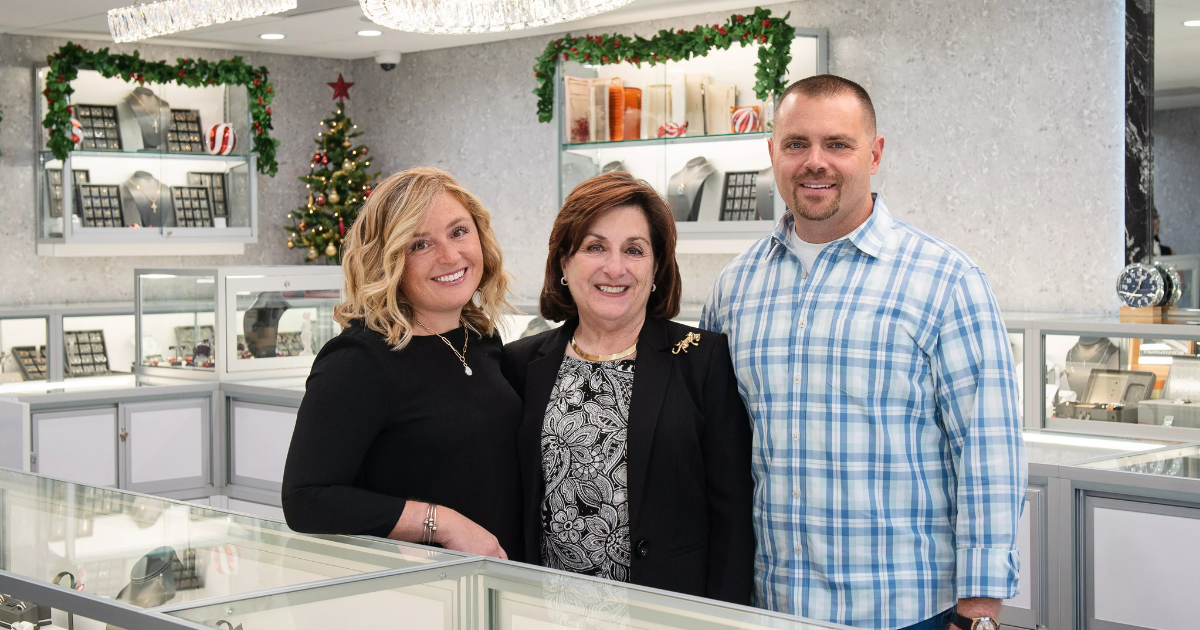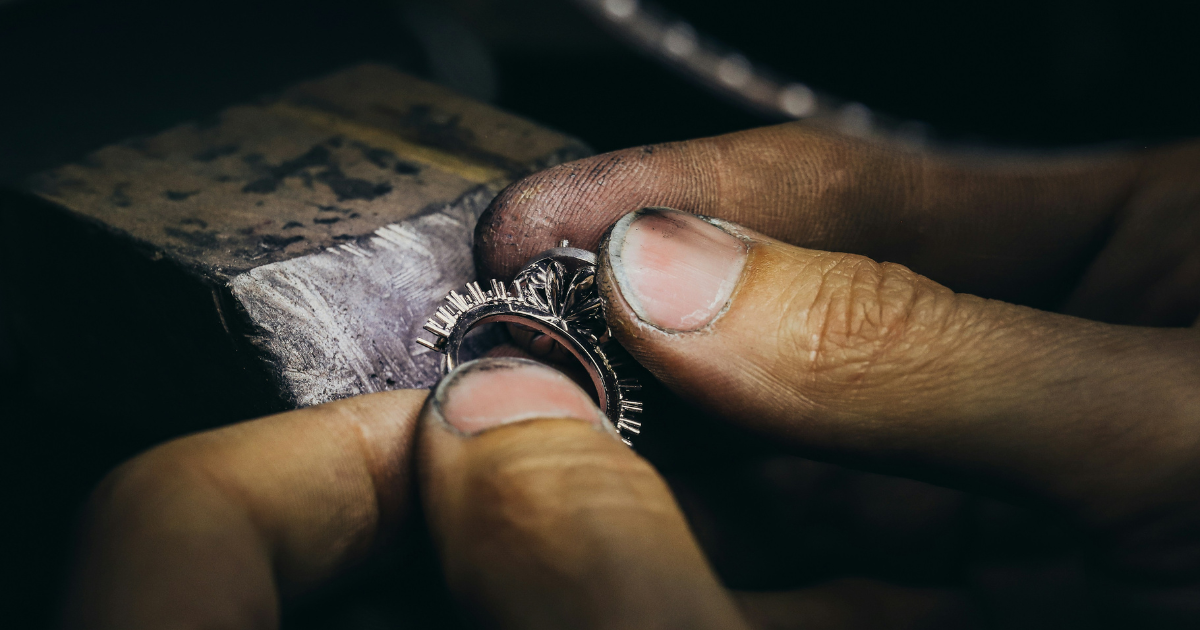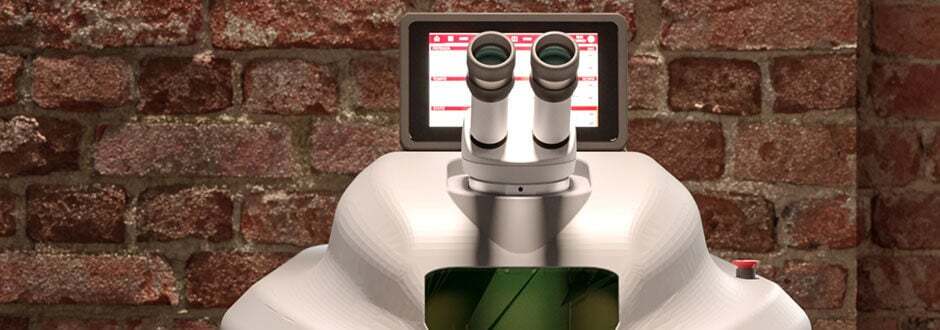Laser welders are reliable and efficient tools that allow extremely fast and precise welding operations. By exploiting laser light, it is possible to quickly liquefy very small quantities of metal and thus create precise welds, obtaining impeccable results in a short time without running the risk of damaging or deforming the object being worked on.
This feature is particularly important when the laser is used in areas that require high levels of reliability and quality, such as the jewellery industry. The ability to easily weld any type of jewel - regardless of its shape, the location of the surface to be welded, or the presence of precious stones - allows the optimisation of the activity of both a small workshop and larger, more structured facilities, reducing response times to customer requests and providing important guarantees in terms of the quality of the final result.

Setting up laser welders
The quality of laser welds can be even higher - and the results even more satisfying in terms of speed and precision - if one chooses to equip oneself with instrumentation that allows for the accurate calibration of the beam values and the diameter of the firing point: controlling these parameters allows the operator to generate a laser beam with optimal characteristics in relation to the type of material he is working on and the type of work he has to carry out.
Elettrolaser welders allow manual adjustment of the different parameters of the laser beam, which can be easily set by the operator via the touchscreen built into each machine. By adjusting the duration, frequency and power of the shot according to the type and thickness of the material being worked, it is possible to obtain consistently perfect quality results, without the risk of causing burns or discolouration of the metal.

The correct calibration of the firing point
Correctly calibrating the beam parameters makes it possible to define the characteristics of the laser light emitted by the welding machine and thus to control the results of the welding operation. Equally important, however, is to define the diameter of the laser beam emitted by the machine - which in the case of some Elettrolaser welders can be as small as 0.05 mm - in relation to the type of work being carried out. A smaller firing point concentrates the energy more, and therefore allows the beam to penetrate deeper into the material being welded. The weld obtained with such a small firing point is therefore particularly deep, achieves levels of precision that cannot be achieved with larger firing diameters, and is at the same time very strong. A wider firing point, on the other hand, involves a larger part of the surface of the machined object but acts less deeply, and is therefore ideal for external finishing work or for repairing scratches and incisions.
The calibration of the firing point must be carried out bearing in mind the balance between all the different parameters of the instrument, and is therefore not an element that can be defined once and for all and in an abstract manner: setting very small firing points certainly allows for extraordinarily precise results, but it is only suitable for certain types of processing and also requires adequate recalibration of the other operating parameters of the laser, particularly the setting of the power and firing time, to avoid damaging the object being processed.
To help operators identify the most correct operating parameters in relation to the different processes to be carried out, Elettrolaser provides its customers with a list containing an indication of the basic values to be taken into consideration when welding the most common metals. Starting from these ranges of values, which vary according to the type of metal and the thickness of the object to be welded, each user has the possibility of refining the settings to obtain the best possible result in relation to his particular needs in terms of quality, precision and speed. Once the most correct set of parameters has been identified, it can be saved directly in the welder's memory, so that it can be easily recalled for further similar jobs.
Elettrolaser technicians are always available to organise training or re-training sessions for operators and offer customers a consultancy service aimed at making all welding machine users autonomous in setting the various operating parameters. If a customer has difficulty in identifying the optimal power, frequency, duration and shot diameter values to carry out a particular job, or is not satisfied with the result, he can contact Elettrolaser and provide a sample of the material to be welded: our professionals will carry out all the necessary evaluations and provide indications on the parameters that guarantee the best machine setting, quickly resolving doubts and criticalities.
Elettrolaser professionals are at your disposal to provide advice and answer all your questions: if you want to know more, contact us!



